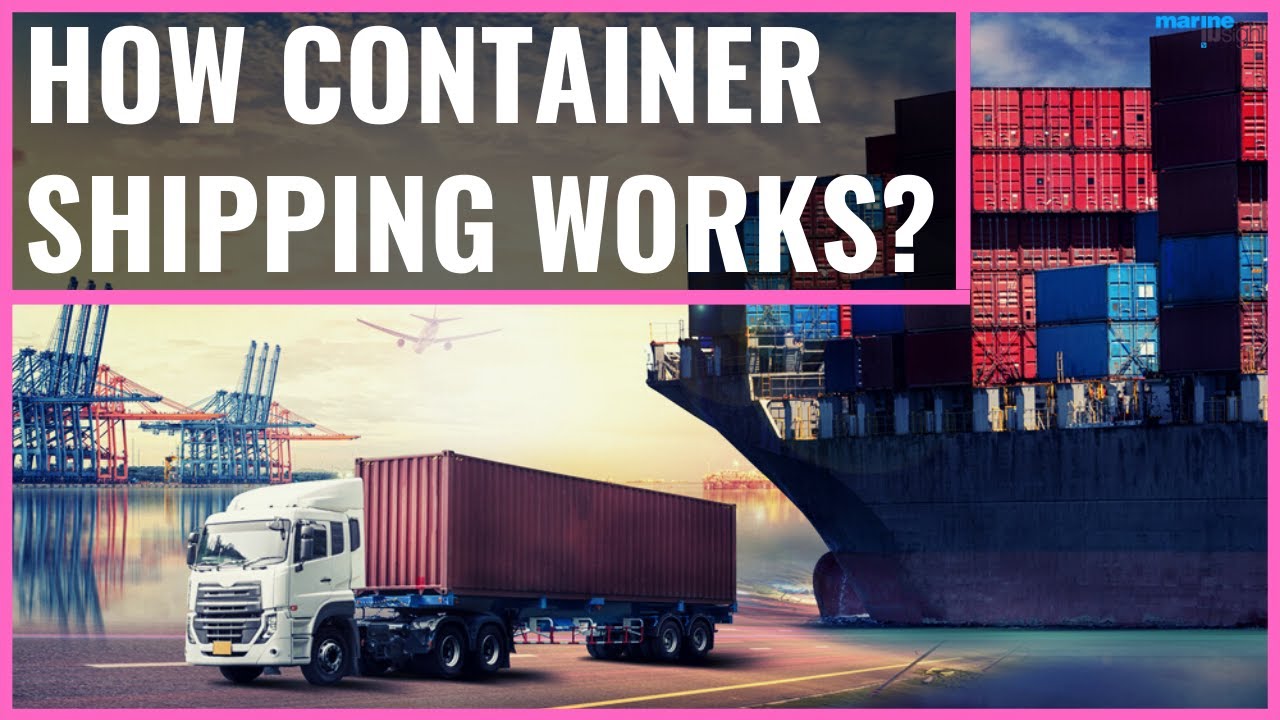How a Steel Box Changed the World: A Brief History of Shipping
Summary
TLDRThe video explores the history and evolution of the global container shipping industry, which now moves 95% of all manufactured goods worldwide. It highlights how containerization, pioneered in 1956 by Malcolm McLean, revolutionized shipping by increasing efficiency and reducing costs. The industry's growth fueled globalization, as standardized containers made shipping faster and cheaper. However, the sector has faced challenges, including price wars and environmental concerns. The future may involve crewless ships, cleaner fuels, and blockchain technology, with innovations like Norway's 'Tesla of the Seas' set to reshape shipping.
Takeaways
- 🚢 Container shipping moves 95% of all manufactured goods globally, critical to the global economy.
- 💸 In 2017, over $4 trillion worth of products were transported across oceans.
- 📦 Shipping efficiency revolutionized in 1956 when Malcolm McLane introduced metal containers, allowing for easier and faster transportation.
- 🚛 Containers enabled goods to move seamlessly between ships, trucks, and trains without repackaging, reducing costs by 75%.
- ⚓ The first modern container ship launched in 1968, carrying 752 20-foot containers, using a standard size still in use today.
- 🌏 Globalization exploded as container shipping enabled massive trade between Asia and the West.
- 🛳 Expansions of the Panama and Suez Canals have allowed for larger ships to carry more cargo.
- 📉 The industry faced price wars due to oversupply of ships, leading to consolidation of major shipping companies.
- 🌱 Environmental concerns have pushed operators to adopt cleaner fuels like natural gas to reduce pollution.
- 🌐 The future of shipping includes crewless, battery-powered ships, blockchain technology for logistics, and expanded use of refrigerated shipping for perishables.
Q & A
What percentage of manufactured goods were moved by container shipping in 2017?
-In 2017, container shipping moved 95% of all manufactured goods around the world.
How much were the products shipped over the oceans worth in 2017?
-In 2017, more than four trillion dollars' worth of products were sent over the oceans.
Who revolutionized the shipping industry by using containers, and when did it happen?
-American truck driver Malcolm McLane revolutionized the shipping industry in 1956 by stacking 58 metal containers on a ship from New Jersey to Houston.
What was one key benefit of using containers in shipping?
-One key benefit of using containers was that they protected products and allowed easy transfer between ships, trucks, and trains without repackaging.
How did containerization impact transportation costs?
-Containerization helped cut transport costs by at least 75%, enabling massive volumes of cargo to be moved efficiently.
What happened to the number of top ocean carriers due to consolidation?
-Due to consolidation, the number of top-20 ocean carriers shrank to 11, and the number is expected to get even smaller.
What environmental concern is associated with container shipping?
-Container shipping is responsible for around a quarter of the world’s nitrogen oxide pollution, raising concerns among governments and environmentalists.
How large can modern container ships be in terms of capacity?
-Modern container ships can move more than 20,000 containers and are as tall as the Empire State Building if turned upright.
What is one recent innovation in refrigerated shipping?
-One recent innovation is the use of satellite-tracked reefer boxes, which can keep fresh produce, food, and flowers fresh for up to 50 days.
What is the future of container shipping likely to involve?
-The future of container shipping is likely to involve crewless ships powered by batteries, capable of moving 50,000 containers, and using blockchain technology to eliminate paperwork.
Outlines

Этот раздел доступен только подписчикам платных тарифов. Пожалуйста, перейдите на платный тариф для доступа.
Перейти на платный тарифMindmap

Этот раздел доступен только подписчикам платных тарифов. Пожалуйста, перейдите на платный тариф для доступа.
Перейти на платный тарифKeywords

Этот раздел доступен только подписчикам платных тарифов. Пожалуйста, перейдите на платный тариф для доступа.
Перейти на платный тарифHighlights

Этот раздел доступен только подписчикам платных тарифов. Пожалуйста, перейдите на платный тариф для доступа.
Перейти на платный тарифTranscripts

Этот раздел доступен только подписчикам платных тарифов. Пожалуйста, перейдите на платный тариф для доступа.
Перейти на платный тарифПосмотреть больше похожих видео

Economic Globalization explained in under 60 seconds

Malcom McLean and Containerisation | Maersk

How Container Shipping Works?

SEKALI JALAN UNTUNG TRILIUNAN! Inilah 10 Perusahaan Kapal Pengangkut Kontainer Terbesar di Dunia

Why cargo giant Maersk is investing millions in methanol-fuelled ships | Transforming Business

Mengirim Barang Via Laut Lebih Murah
5.0 / 5 (0 votes)
